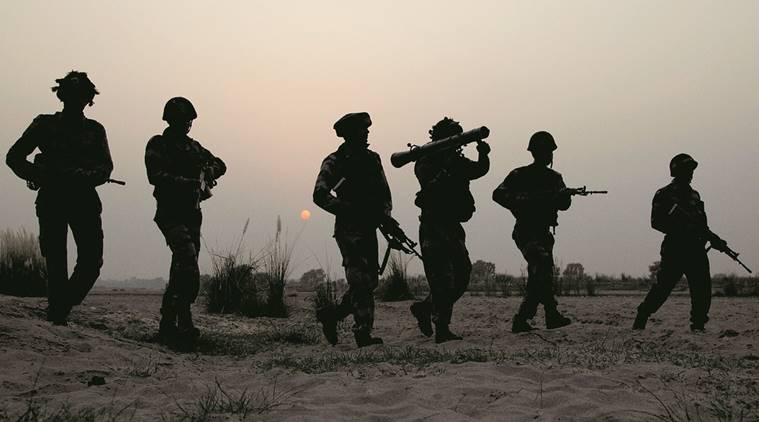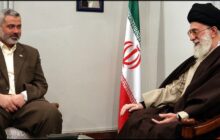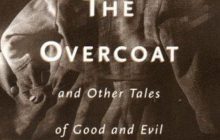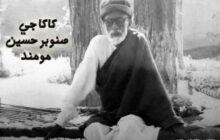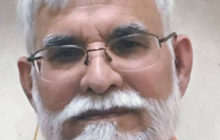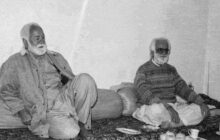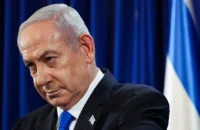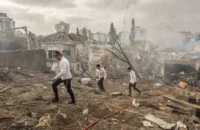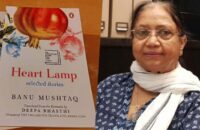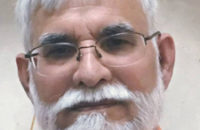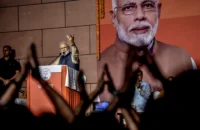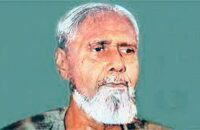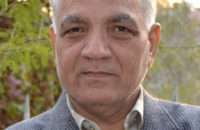Surgical strikes: Bodies taken away on trucks, loud explosions, eyewitnesses give graphic details
by Praveen Swami
Eyewitnesses living across the Line of Control (LoC) have provided The Indian Express with graphic accounts of last week’s Indian Army special forces strikes on jihadists’ staging posts, describing how bodies of those killed in clashes before dawn on September 29 were loaded onto trucks for secret burials. The eyewitnesses also described brief but intense fire engagements that destroyed makeshift buildings that housed jihadists before they left for the last stage of their journeys across the LoC.
Their accounts corroborate India’s claims that it carried out strikes against terror launch pads — a claim Pakistan has denied, saying, instead, that its military’s forward positions were targeted with small-arms and mortar fire.
They also provide, for the first time, details on some of the locations targeted in the operation, information which the governments of India and Pakistan have not made public.
However, eyewitness accounts, as well as intelligence records obtained by The Indian Express, suggest that fatalities in the raids may have been lower than the 38-50 killed attributed to Indian officials in reports, including in this newspaper, and have caused little damage to jihadist logistics and infrastructure.
Lethal strike
Five eyewitnesses were contacted by The Indian Express through their kin living on the Indian side of the LoC and questions were sent to them using a commercially available encrypted chat system. The eyewitnesses’ identities are being withheld for their safety at the request of their families.
Indian journalists have no access to the Pakistani side of the LoC and the only Pakistan media reporting from these regions has been after a team of journalists were taken to some areas by the military there.
The most detailed account of the fighting came from two eyewitnesses who visited Dudhnial, a small hamlet some 4 km across the LoC from India’s nearest forward post, Gulab, ahead of the town of Kupwara. The eyewitness reported seeing a gutted building across the Al-Haawi bridge from the hamlet’s main bazaar, where a military outpost and a compound used by the Lashkar are both sited.
Al-Haawi bridge is the last point where infiltrating groups are loaded with supplies before beginning their climb up to the LoC towards Kupwara, both eyewitnesses said.
Local residents told one of the eyewitnesses that loud explosions — possibly rounds fired from 84-mm Carl Gustav rifles — were heard from across the Al-Haawi bridge late in the night, along with intense small-arms fire. “People did not come out to see what was going on,” the eyewitness reported, “so did not see Indian soldiers but they gathered from the Lashkar people the next day that they had been attacked.”
Five, perhaps six, bodies were loaded on to a truck early next morning, and possibly transported to the nearest major Lashkar camp at Chalhana, across the Neelum river from Teetwal, on the Indian side of the LoC, the eyewitness said he was told by local residents.
The Indian Army has made no official claim on casualties, but Director General of Military Operations Lieutenant General Ranbir Singh said the strikes caused “significant casualties” to “terrorists and those providing support to them.”
Friday prayers at a Lashkar-affiliated mosque in Chalhana, another eyewitness said, ended with a cleric vowing to avenge the deaths of the men killed the previous day. “The Lashkar men gathered there were blaming the Pak Army for failing to defend the border”, he said in one message, “and saying they would soon give India an answer it would never forget”.
From classified intelligence documents accessed by The Indian Express, it appears the assault caught the Lashkar and other jihadist groups by surprise. Intelligence Bureau records, one released on September 30 for a scheduled inter-agency meeting in New Delhi, spoke only of one major build-up, saying up to 40 jihadists had massed in Kél, facing India’s Machil sector. This unusual number was interpreted to be a preparation for a last-ditch infiltration push before the passes closed in early winter.
Terrorists unprepared
Elsewhere, though, nine intelligence alerts seen by The Indian Express, and issued in the week prior to the strike, flagged only small groups of five to 10 infiltrators biding their time at so-called “launch-pads”, essentially rural homes located close to military facilities, from where jihadists are guided towards India’s LoC defences.
“They were basically sitting around thinking it was business as usual”, an official familiar with the intelligence said. “Many of them would have died crossing the LoC anyway, when they hit our defences but this (the strikes) has made them feel unsafe one step back in their journeys”.
Leepa, a complex of some 25 hamlets located at the bottom of the Qazi Nag stream flowing down from the mountains above Naugam, on the Indian side of the LoC, was among the “launch-pads” targeted in the cross-LoC raids, one eyewitness said. Though the eyewitness was unable to visit the area, he said he spoken to villagers who had seen a Lashkar-occupied three-storied wooden building destroyed by Indian troops near the hamlet of Khairati Bagh.
Khairati Bagh was, until 2003, a major Lashkar base, which was slowly scaled down once the LoC ceasefire went into place and the terrorist group’s cross-LoC operations slowly declined. It remains, though, of key importance to the group, offering multiple lines of access into northern Kashmir through Chowkibal and the Bangas bowl.
The eyewitness said local residents said “three or four” Lashkar personnel were thought to have been killed in the raid, while others fled into the adjoining forests after the firing began.
Interestingly, the eyewitness said the Jamaat-ud-Dawa’s charitable wing, the Falah-i-Insaniyat Foundation, had held a major eye-surgery camp in Khairati Bagh in August, using the opportunity to deliver speeches on alleged atrocities by Indian soldiers in Kashmir. Fire and explosions were also heard, an eyewitness said, from the east bank of the Neelum river in Athmuqam, the district headquarters of the region.
Next to Pak Army
The fighting, the eyewitness said, appeared to have taken place near military camps along the Katha Nar stream that empties into the Neelum river just north of the town. A bustling town that serves as a hub for tourism and commerce, Athmuqam is also a major military hub, with several army facilities on the ridges the east bank of the river, sheltered from artillery bombardment.
The ghost villages of Bicchwal and Bugna, almost entirely abandoned by their residents who fled when the long jihad in Kashmir began in 1990, are barely 2 km from Salkhanna, the first village on the Pakistani side of the LoC, and the last loading point for jihadist infiltrators.
An eyewitness who visited the Neelum District Hospital in Athmuqam said he heard several Lashkar personnel had been killed and injured in the clash last Thursday but said no bodies had been buried locally.
Neelum valley residents, tied by kinship to mountain peoples on the other side of the LoC, have had a fraught relationship with jihadists operating in the area, fearing the collapse of the India-Pakistan ceasefire could lead to the return of the artillery exchanges which claimed the lives of hundreds of civilians before 2003.
In 2011, India-Pakistan military clashes led scores of Athmuqam women and children to march to the local army unit, demanding that it stop cross-border movement by jihadists.
The Pakistan Army responded by locating jihadist launch-pads alongside its camps, thus minimising contact between local residents and groups like the Lashkar. However, the massive street violence in Kashmir has led to a surge in the visibility of jihadists across the Neelum valley
Read more

